A detailed breakdown of all the on-set work and post-production work handled by the Envy team
Squid Game: The Challenge sees Netflix provide the largest cash prize in reality television history.
To pull off such an ambitious production, Studio Lambert and The Garden brought in Envy’s onset specialist workflow division, Envy Capture.
The Capture team, under the direction of Studio Lambert’s production management team, were on-hand throughout the entire shoot, creating unique rigs for each game, managing the multitude of media record streams, as well as logging and archiving the material ready for the offline edit at Envy’s central London facilities.
The ambitious ten-part series pushed the boundaries of creativity and technical prowess, all within the tight time frame of 16 days. The production posed a challenge like no other, as the shooting schedule needed to balance capturing reality-style content while also setting up and rigging for the next game.
Elliot Leigh, location supervisor at Capture, said: “It was one of the most extensive reality shoots ever undertaken, featuring some of the most ambitious games designed for a reality setting.”
Envy Capture was actively involved in pre-production from the early stages.
Ricky Martin, head of technical operations, said: “Our role is to craft the technology and infrastructure for the most extensive reality production ever undertaken.”
Toby Weller, solutions architect at Capture, adds: “And the days when we’re not recording the largest reality production ever, we are tasked with recording some of the most intricate game shows ever conceived.”
The team had to adapt and develop new workflows to deal with editorial requirements that are more in line with a drama production. Martin said: “What was different for Squid Game is that we had to create new workflows and tech that allowed us to incorporate standard reality capture alongside more complex elements. This added a unique layer of complexity to our work’’.
“The scale of the project demanded meticulous planning. Each day of production presented unique challenges, requiring seamless coordination among all technical teams and their respective technologies to smoothly transition from one scene to the next.”
Leigh adds: “Every stage of production - every game, every dormitory change, every setup - was documented in immense detail by our team and then shared with the entire production so we were all working to the same up-to-date version of the plan.”
Unlike other reality shows, where camera setups often remain consistent, this show demanded a flexible approach.
Leigh explains: “The multi-camera setup on Squid Game: The Challenge had to be changed and rigged for each individual game to maximise coverage and capture all the key action and drama.”
Each game presented its own set of demands, with up to 24 ‘rig’ cameras and dozens of PSC cameras tracking the 210 participants residing in the dormitory. Furthermore, the production team had the flexibility to add extra cameras when required. For the show’s opening challenge, Red Light, Green Light, which featured all 456 contributors, the setup had to be shifted to a larger space to accurately replicate the original program.
Martin said: “There were 32 streams of media and an additional 18 cameras recording, which is understandable when you see the size of the game and the number of contestants to keep track of.”
Weller adds: “ISOs for interview rooms were also transcribed live, with reports delivered straight to production teams after each interview.”
As the show progressed and contestants were eliminated, the Dormitory record constantly evolved, adapting to the changing dynamics with varying bed arrangements, cameras, and microphones.
Leigh said, simply: ”There is no guide out there to explain how a project like this gets made.”
On a production of this scale, all production notes had to be consolidated into a single, accessible location to avoid copious paperwork or the arduous task of sifting through extensive timelines of media content.
To make this possible, Capture created a cloud-based solution known as ‘Story.’
Martin explains: “The Story platform provided fully customised production notes that could be effortlessly edited and reviewed in the cloud. What set this solution apart was its seamless integration with Avid, aligning media and sequences seamlessly with the corresponding notes.”
By the end of the two week shoot, Envy Capture had recorded 9,536 hours of media, backed up on 272 PSC Cards, which were backed up to 102 LTOs. 828 stories were commissioned throughout the production phase. When combining all of the native media, backups and stream media, the total amount of media amassed to 1.1 Petabytes across the whole project.
Once the offline edit was completed, the post-production was handled by Envy’s team. Andrew Cloke, Envy colourist, said: ”The series presented an exciting challenge with such a large number of cameras and different framerates being recorded across the games and sections in the players dorm. I really wanted to unify all these different elements to make it look uniform. Initially I graded in the style of the drama series, which was cold and gritty, but the producers and I decided it didn’t match the feel of a lighter entertainment show.”
The production was delivered for Dolby Vision HDR in the Aces Colourspace. Ben Ormerod, Envy dubbing mixer, said: “The brief from the Studio Lambert and The Garden teams was to keep it true to the 2021 series. Before mixing the show, I rewatched the original series to remind myself of the mood and tension that gets created using the sound.
“We wanted to match the effects to the original such as the tannoy system and the sound of the guards which were revoiced and blended into the mix. The show also contained music from the original show and that was fused into an amazing score that helps drive the stories on the screen and also amplifies the tension of the games.”
Andy Hodges, Envy dubbing mixer, added: “We all really wanted to honour the original show as much as possible. Ben began the series and established the style of the mix and together we made sure that style carried right across the series.
“I used RX Advanced 8 to clean up the audio, including the built in tools de-click and de-plosive which removes pops and bumps to the microphones which is especially useful with a lot of movement and action from so many contestants. I also used RX8’s spectral repair and spectral de-noise which analyses pieces of audio, identifies any sound that should not be there and repairs that waveform.”



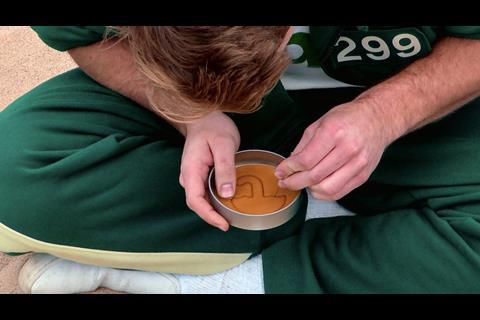
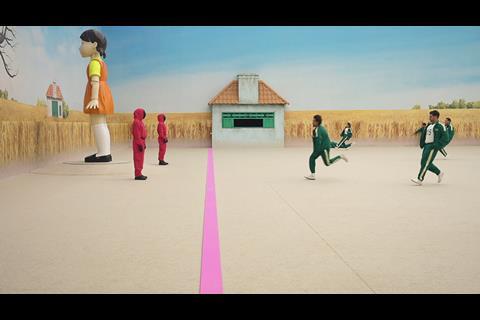
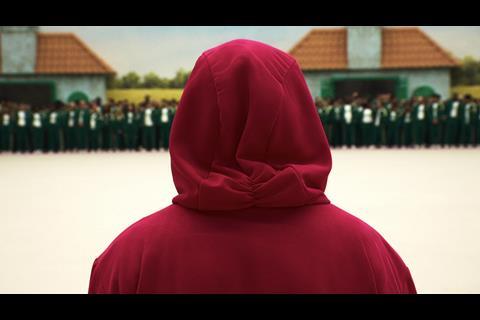
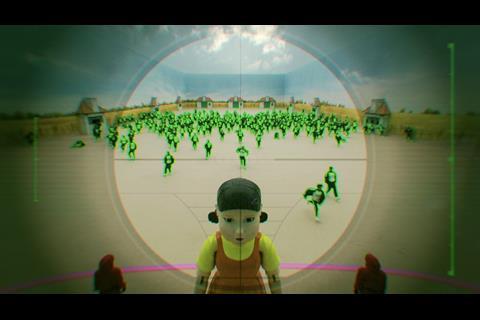

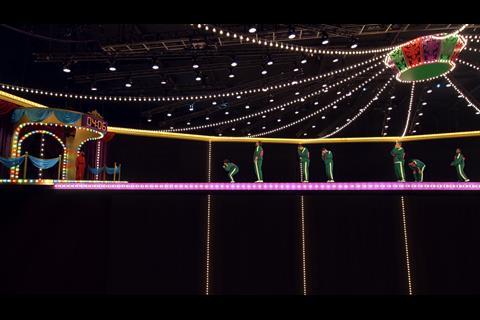






No comments yet